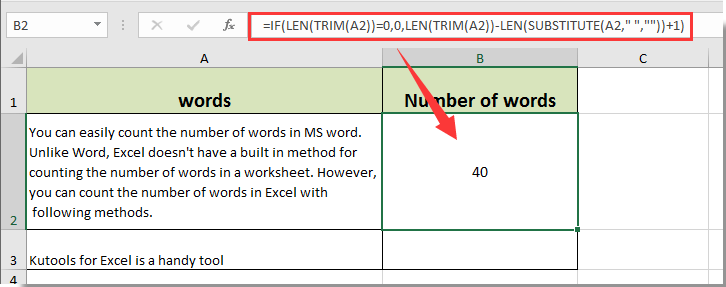
- WORD 2016 WORD COUNT NOT WORKING IN BOTTOM LEFT CORNER HOW TO
- WORD 2016 WORD COUNT NOT WORKING IN BOTTOM LEFT CORNER WINDOWS 10
Using the Line shape to insert, or draw, a vertical line might be one of the easiest routes. Although I’m using Microsoft Word, most of the Office 365 apps support vertical lines to some extent. I used the =Rand() function to produce generic content. You won’t need a demonstration file just open a blank document and follow the instructions. The techniques in this article aren’t supported by the browser edition.
WORD 2016 WORD COUNT NOT WORKING IN BOTTOM LEFT CORNER WINDOWS 10
I’m using Office 365 on a Windows 10 64-bit system, but you can work with earlier versions of Word. LEARN MORE: Office 365 Consumer pricing and features We’ll be looking at different ways to add vertical lines we won’t explore more advanced uses of lines. In this article, I’ll show you four ways to add vertical lines to a Word document: Adding a vertical line is just as easy but isn’t always as intuitive. It’s simple, and the results are easy to manage.
WORD 2016 WORD COUNT NOT WORKING IN BOTTOM LEFT CORNER HOW TO
The article How to add horizontal lines to a Word 2016 document shows you two ways to add horizontal lines to a Word document. Once you click OK, your numbered paragraphs should be correctly spaced.Ĭlick here to read more of Deborah’s Microsoft Office tips.How to add vertical lines to a Word document using Office 365Īdd a vertical line in Microsoft Word to draw attention to special content or help define elements.

Be sure to uncheck the “Don’t add space between paragraphs of the same style” box to ensure that spacing is honored. In the Paragraph dialog box, set a bit of space after each paragraph. To fix this, select all your numbered paragraphs, right-click, and choose Paragraph. You probably want a little space between each paragraph, which, unfortunately, is not the default. You need to add more space between paragraphs. So once I click into the offending paragraph, then it continues numbering.ģ.

That means it’s copied the formatting of the paragraph that my cursor is currently sitting in, and now it’s looking to paste it elsewhere. Notice that the mouse cursor is now a paintbrush. I place my cursor somewhere within a paragraph in the sequence I want to continue, and then on the Home tab click the Format Painter button. Occasionally, however, some paragraph numbers just don’t respond to the Continue Numbering command. This trick also comes in handy if you need to insert an unnumbered paragraph in the middle and then pick the number sequence back up in a subsequent paragraph. When this happens, right-click and choose either Continue Numbering (if you want to connect your current paragraph to the previous list to continue that sequence) or Set Numbering Value (if you need to deliberately start at a specific number).

The numbers themselves somehow get out of sequence. In multi-level numbering, you can also reset the alignment of the first level of the numbering scheme, then instruct Word to increment the indentation for the remaining levels by a consistent measurement.Ģ. If you’re using the multi-level paragraph numbering style, you can also set the alignment of the number to right versus left if that’s what you prefer. Depending on whether you’re using single-level or multi-level numbering, you’ll get a dialog box that’ll allow you to set the indentation for the number itself and the following text. Fixing it is simple: Just right-click on one of the numbers and choose Adjust List Indents. Most people really don’t like Word’s default indentation for automatic numbering. I typically see three problems with paragraph numbering getting off track, all of which can be cured with a simple right-click.ġ. Three Ways Paragraph Numbering Goes Off Track

And it even allows me to save my own numbering schemes for future use. Multi-level gives me more options for formatting. Use the Multi-Level Option for More FlexibilityĮven if I’m numbering just one level of the paragraph, I always use the multi-level style instead of single-level numbering.


 0 kommentar(er)
0 kommentar(er)
